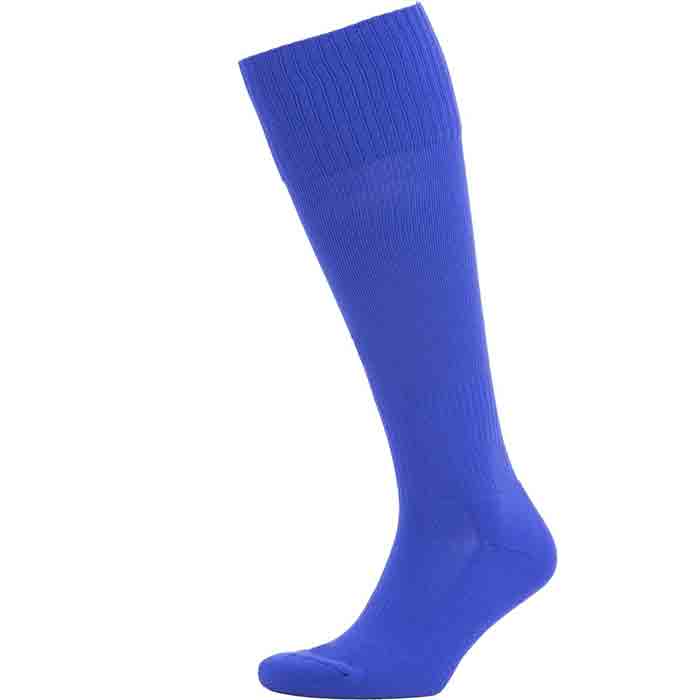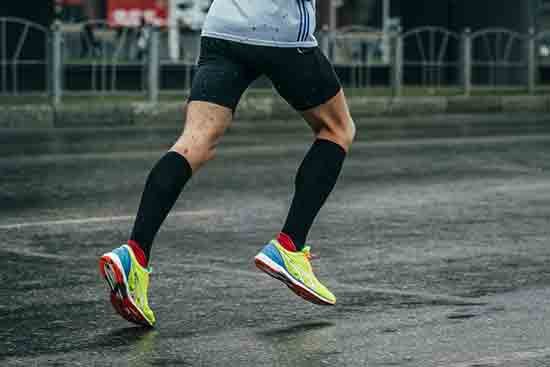What Are Compression Socks And How Do They Work?

Compression socks are garments that are designed with tight elasticity to compress blood vessels and reduce the risk of blood pooling. This is done by applying pressure to the outside of the leg, which prevents blood from pooling in the leg. Compression socks are used to treat a number of conditions, including varicose veins, spider veins, post-thrombotic syndrome, lymphedema, and chronic arm and leg swelling. This article will explore what compression socks are, how they work, and why they may be beneficial to certain populations.
What are compression socks?

Compression socks are a form of graduated pressure hosiery that is used to reduce the swelling of the lower leg. Compression socks are available to buy over the counter or online, you can find out more.
What is compression socks made of?
Compression socks are made from woven, elastic, or knitted fabrics which are usually made from cotton, nylon, wool, or lycra. The compression level is determined by the number of stitches per inch.
What is the Purpose of Compression Socks?
Compression socks are designed to improve circulation and reduce swelling. This improved circulation can also increase oxygen flow to the body’s extremities, which may help ease the symptoms of conditions like Reynaud’s syndrome. Compression stockings can be particularly useful for people who have varicose veins or who are experiencing lymphedema, as they can help reduce the symptoms of these conditions.
What Are the Different Types of Compression Socks?
Compression socks are designed to provide therapeutic compression of the leg and foot while reducing swelling and aiding recovery.
There are many types of compression socks on the market, which look different and have different features. Compression garments can be classified into three main categories: below-knee, mid-calf and knee-high.
Below-Knee: These socks cover from just below the calf to just below the knee and they usually come with a wider range of compression levels than other types of socks.
Mid-Calf: Mid-calf compression sleeves offer more support than lower cuts but not as much as above the knee.
Knee High: These compression sleeves offer more pressure than mid-calf or below knee but not as much as thigh high or full body compression garments to improve circulation and reduce the occurrence of DVT by up to 90%.
What are the Benefits of Compression Socks?
Compression socks are a type of sock which provides support to the legs and feet by improving circulation and reducing swelling. It has been found that compression socks can help you recover faster from running and other sports activities.
They can also help with shin splints, plantar fasciitis, and other injuries that commonly come up after running or strenuous activity. Compression socks are a handheld product that you wear as you move about as they will provide relief from leg pain, reduce soreness after exercise, increase blood flow, and decrease the risk of injury during your next workout.
Conclusion
Compression socks are garments that are designed to apply pressure to the leg and foot in order to reduce swelling and improve circulation. They can be used by those who have circulatory issues, such as peripheral artery disease and deep vein thrombosis, as well as those who have recently undergone surgery or those who have developed swelling due to pregnancy, exertion, or medical conditions.
